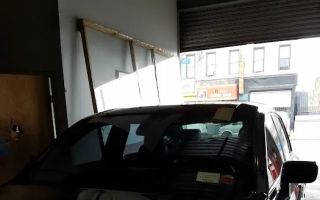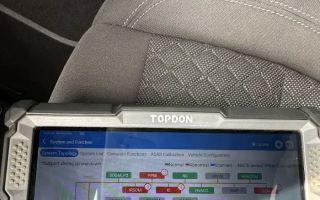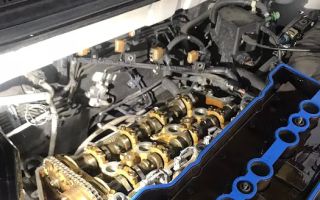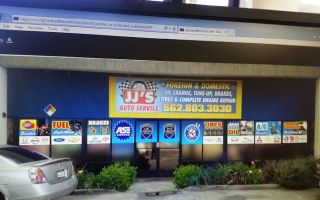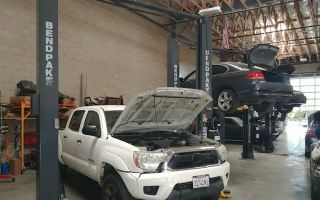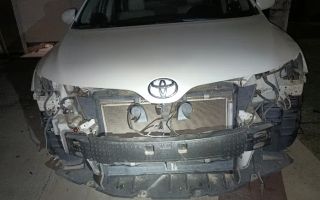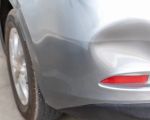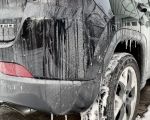How to Use a Winch Safely During a Vehicle Recovery Operation
- The Importance of Safe Winch Use
- Steps for Using a Winch Safely During Vehicle Recovery
- Essential Tips for Preventing Winch-Related Accidents
- Common Mistakes to Avoid When Using a Winch
- Real-Life Experiences with Vehicle Recovery Using a Winch
1. The Importance of Safe Winch Use
Using a winch during vehicle recovery operations can be incredibly effective for pulling a vehicle out of a tough situation, but it's important to use the tool safely. A winch is a powerful device, and if not used correctly, it can cause serious damage to both the vehicle and surrounding property. In some cases, improper use of a winch can even lead to personal injury.
By understanding the correct procedures and precautions to take when using a winch, you not only protect yourself but also ensure the successful completion of the recovery operation. Whether you're recovering a vehicle stuck in mud, snow, or a ditch, safety should always come first.
2. Steps for Using a Winch Safely During Vehicle Recovery
Here are some key steps to follow when using a winch for vehicle recovery to ensure a safe operation:
- Assess the Situation: Before using the winch, assess the terrain, the condition of the vehicle, and the positioning of the winch. Make sure the winch is capable of pulling the vehicle out without causing additional strain on the equipment.
- Check Equipment Integrity: Always inspect the winch, cables, and recovery straps for any wear or damage before use. A damaged winch cable or strap can snap under pressure, causing accidents.
- Secure the Vehicle: Make sure the vehicle being recovered is properly secured and that the winch line is correctly attached. The attachment point should be strong enough to handle the pull without causing any vehicle damage.
- Use Proper Anchoring: Ensure that the anchor point, whether a tree or a recovery vehicle, is solid and capable of bearing the weight and force involved in the recovery. A weak anchor point can cause the winch to slip or break.
- Operate the Winch from a Safe Distance: Never stand directly in line with the winch cable during operation. Always use a winch remote control or operate it from a safe distance to avoid injury in case of cable failure.
4. Common Mistakes to Avoid When Using a Winch
Even experienced users can make mistakes when using a winch. To help you avoid common errors, here are some mistakes to watch out for:
- Using an Improper Anchor: A weak or inappropriate anchor point can result in the winch slipping or the vehicle being pulled in the wrong direction. Always ensure the anchor point is strong and secure.
- Not Using the Right Winch Line: Not all winch lines are created equal. Always use the correct line for the specific type of vehicle recovery you're attempting to ensure safe and efficient operation.
- Failing to Maintain the Winch: Regular maintenance is key to keeping your winch in good working condition. Neglecting maintenance can lead to malfunction or failure during critical recovery operations.
5. Real-Life Experiences with Vehicle Recovery Using a Winch
Many vehicle owners and off-road enthusiasts have shared their experiences with winch-assisted vehicle recovery, highlighting both the challenges and successes of using this powerful tool. For example, Mike, an off-roading enthusiast, had to recover his jeep after it got stuck in deep mud during a trail ride. “I was able to get my jeep out with the winch, but I made sure to follow all the safety steps: securing the anchor, using a dampener, and staying clear of the cable. It saved me hours of frustration,” Mike recalls.
Similarly, Sarah, who had to use her winch after her car broke down on a remote mountain road, explains, “The process was seamless because I used the right equipment and followed the proper procedures. The recovery was done without any damage to the vehicle, and it was a huge relief to know I could rely on my winch when needed.”
If you're looking to purchase a winch or learn more about safe vehicle recovery operations, visit Rescue & Towing for expert advice, products, and services tailored to your recovery needs.


